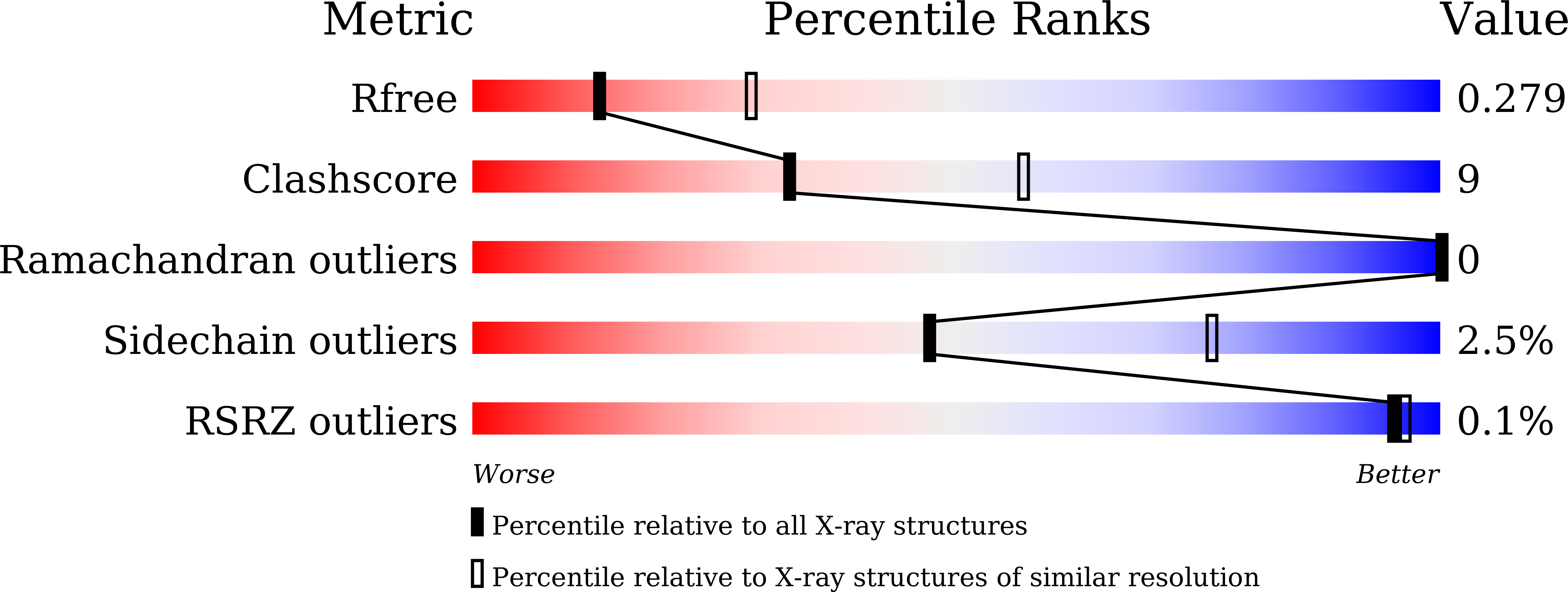
Deposition Date
2020-11-17
Release Date
2021-08-25
Last Version Date
2023-11-29
Entry Detail
PDB ID:
7DHQ
Keywords:
Title:
Structure of Halothiobacillus neapolitanus Microcompartments Protein CsoS1D
Biological Source:
Source Organism:
Host Organism:
Method Details:
Experimental Method:
Resolution:
2.70 Å
R-Value Free:
0.27
R-Value Work:
0.20
R-Value Observed:
0.20
Space Group:
P 1


